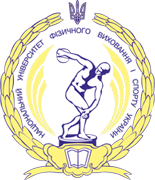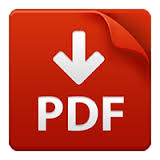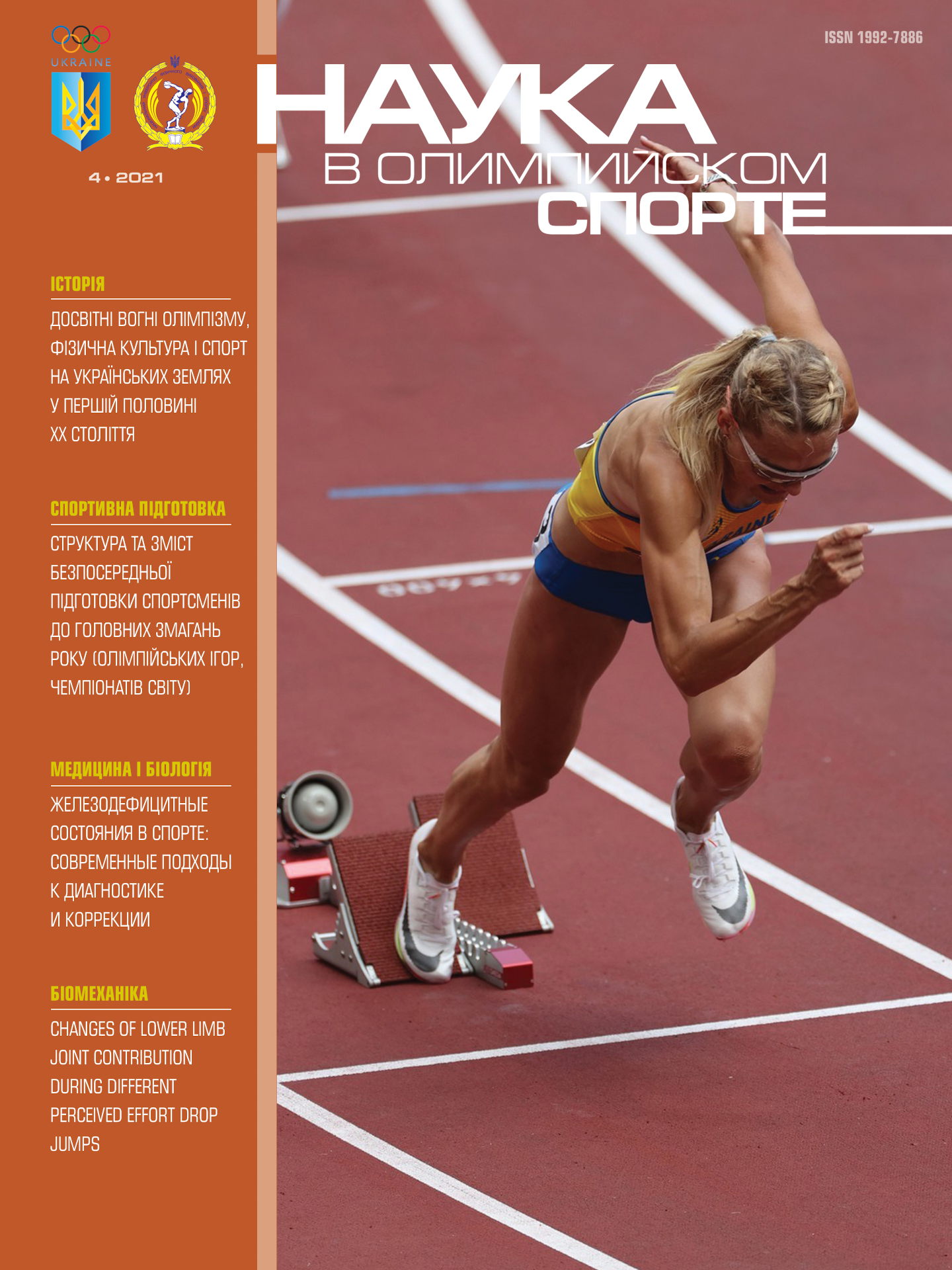doi: 10.32652/olympic2020.3_4
There are three types of training process management - operational, current, and milestone. While organizing management one should take into account the availability of objective methods of control for the functional capacities of athletes, their readiness for intense training or competitive activities, the processes of fatigue, recovery, development of adaptive reactions, signs of fatigue, overtraining, etc.
Objective. To determine the role of pulsometry in the management of the training process in karate.
Methods. Control was provided by measuring HR using heart rate monitors "Polar Team". Seven athletes (masters of sports of international class) of the national karate team of the Republic of Kazakhstan took part in the study.
Results. Modern methods of continuous HR monitoring in real conditions of sports activity, rest, or sleep allows obtaining important and objective information about the state of the athlete's body, his responses to training and competitive loads, recovery processes, the development of fatigue, overtraining, over-strain, being in the conditions of middle and high altitude, heat, and cold, emotional stress, etc. Our studies have shown that monitoring heart rate during sleep and early in the morning after waking up, along with such indices as sleep quality and well-being, enables to assess the course of adaptive responses and control for recovery processes after training sessions or its series. Conclusions. During the training process, HR allows controlling the parameters of the training load (duration, intensity, mode of work and rest, etc.) in order to achieve the planned response of the body, manage adaptive responses, prevent fatigue and injuries; it also enables to assess the dynamics of training, recovery , readiness for the next training loads or competitive activity.
References:
1. Volkov NI, Nesen EN, Osipenko AA, Korsun SN. Biokhimiya myshechnoy deyatel'nosti. [Biochemistry of muscular activity]Kiyev: Olimp. lit., 2000. 504 s.
2. Matveyev LP. Osnovy obshchey teorii sporta i sistemy podgotovki sportsmenov. [Bases of general sports theory and athlete preparation system] Kiyev: Olimpiyskaya literatura, 1999. 320 s.
3. Matveyev LP. Obshchaya teoriya sporta i yeye prikladnyye aspekty: uchebnik dlya vuzov fizicheskoy kul'tury. [General sports theory and its applied aspects] [5-ye izd.]. Moskva: Sovetskiy sport, 2010. 340 s.
4. Platonov VN, Gus'kov SI. Olimpiyskiy sport [v 2 kn.]. [Olympic sport] Kiyev: Olimpiyskaya literatura, 1997. Kn. 2. 384 s.
5. Platonov VN. Sistema podgotovki sportsmenov v olimpiyskom sporte: obshchaya teoriya i yeye prakticheskiye prilozheniya. [System of athletes’ preparation in the Olympic sport. General theory and its practical applications]Kiyev: Olimp. lit., 2004. 808 s.
6. Platonov VN. Sistema podgotovki sportsmenov v olimpiyskom sporte. Obshchaya teoriya i yeye prakticheskiye prilozheniya [System of athletes’ preparation in the Olympic sport. General theory and its practical applications] [uchebnik dlya trenerov: v 2 kn.]. Kiyev: Olimp. lit., 2015. Kn. 2. 752 s.
7. Sili RR, Stivens TD, Teyt F. Anatomiya i fiziologiya [Anatomy and physiology] [v kn.; per. s angl. G. Goncharenko]. Kiyev: Olimp. lit., 2007. 662 s.
8. Shustin BN. Modelirovaniye i prognozirovaniye v sisteme sportivnoy podgotovki. V kn.: Sovremennaya sistema sportivnoy podgotovki. [Modeling and predicting in sports preparation system.]Moskva: SAAM, 1995. S. 226-237.
9. Benson R, Connolly D. Heart rate training [2nd ed.]. Champaign, IL: Human Kinetics, 2020. 258 p.
10. Borresen J, Lambert MI. The quantification of training load, the training response and the effect on performance. Sports Med. 2009;39(9):779-95.
11. Buchheit M, Chivot A, Parouty J, Mercier D, Al Haddad H, Laursen PB, et al. Monitoring endurance running performance using cardiac parasympathetic function. Eur J Appl Physiol. 2010;108:1153-67.
12. Buchheit M, Laursen P, Stanley J, Plews D, Haddad H, Lacome M, Simpson B, Saw A. Response to load. In: Laursen P, Buchheit M. Science and application of highintensity interval training: solutions to the programming puzzle. Champaign, IL: Human Kinetics, 2019:179-212.
13. Castagna C, Impellizzeri FM, Chaouachi A. et al. Physiological responses to ball-drills in regional level male basketball players. Journal of Sports Sciences. 2011;29(12):1329-36.
14. Flatt AA, Esco MR. Validity of the ithleteTM smart phone application for determining ultra-short-term heart rate variability. Journal of Human Kinetics. 2013;39:85-92.
15. Fox EL, Bower RW, Foss ML. The physiological basis for exercise and sport. Madison, Dubuque: Brown and Denchmark, 1993. 710 p.
16. French D. Adaptations to anaerobic training programs. In: G. G. Haff, N. T. Triplett, eds., Essentials of strength training and conditioning [4th ed.]. Champaign, IL: Human Kinetics, 2016: 87-114.
17. French D. Combat sports. In: Laursen P, Buchheit M. Science and application of highintensity interval training: solutions to the programming puzzle. Champaign, IL: Human Kinetics, 2019: 227-46.
18. Halson SL, Jeukendrup AE. Does overtraining exist? An analysis of overreaching and overtraining research. Sports Medicine. 2004;34:967-81.
19. Hautala AJ, Kiviniemi AM, Tulppo MP. Individual responses to aerobic exercise: The role of the autonomic nervous system. Neurosci Biobehav Rev. 2009;33(2):107-15.
20. Hill-Haas SV, Dawson В, Impellizzeri FM, Coutts AJ. Physiology of small-sided games training in football: a systematic review. Sports Medicine. 2011;41(3):199-220.
21. Kenney LW, Wilmore JH, Costill DL. Physiology of sport and exercise. Champaign: Human Kinetics, 2012. 621 p.
22. Kreher JB. Diagnosis and prevention of overtraining syndrome: An opinion on education strategies. Open Access J Sports Med. 2016;7:115-22.
23. Laursen P, Buchheit M. Science and application of high-intensity interval training: solutions to the programming puzzle. Champaign, IL: Human Kinetics, 2019. 664 p.
24. Le Meur Y, Duffield R, Skein M. Sleep. In: C. Hausswirth, J. Mujika, eds., Recovery for performance in sport [1st ed.]. Champaign: Human Kinetics, 2013: 99-110.
25. Le Meur Y, Buchheit M, Aubry A, Coutts AJ, Hausswirth C. Assessing overreaching with heart-rate recovery: What is the minimal exercise intensity required? Int J Sports Physiol Perform. 2017;12(4):569-73.
26. Maffetone Ph, Laursen P, Buchheit M. HIIT and its influence on stress, fatigue, and athlete health. In: Laursen P, Buchheit M, ed. Science and application of highintensity interval training: solutions to the programming puzzle. Champaign, IL: Human Kinetics, 2019:137-59.
27. Maglischo EW. Swimming fastest [3rd ed.]. Champain, IL: Human Kinetics, 2003. 800 p.
28. Mann T, Lamberts RP, Lambert ML. Methods of prescribing relative exercise intensity: Physiological and practical considerations. Sports Med. 2013;43(7):613-25.
29. Martin D. Generating anaerobic power. In: D. Joyce, D. Lewindon, eds., Highperformance training for sports [1st ed.]. Champaign, IL: Human Kinetics, 2014:199- 210.
30. Meeusen R, Duclos M, Foster C. et al. Prevention, diagnosis and treatment of the overtraining syndrome: Joint consensus statement of the European College of Sport Science (ECSS) and American College of Sports Medicine (ACSM). Med Sci Sports Exer. 2013;45(1):186-205.
31. Midgley AW, McNaughton LR, Carroll S. Time at VO2max during intermittent treadmill running: Test protocol dependent or methodological artefact? Int J Sports Med. 2007;28(11):934-9.
32. Parrado E, Garcia MA, Ramos J, Cervantes JC, Rodas G, Capdevila L. Comparison of Omega Wave System and Polar S810i to detect R-R intervals at rest. Int J Sports Med. 2010;31(5):336-41.
33. Plews DJ, Laursen PB, Kilding AE, Buchheit M. Training adaptation and heart rate variability in elite endurance athletes - opening the door to effective monitoring. Sports Med. 2013;43(9):773-81.
34. Robergs RA, Roberts SO. Fisiologia do Exercicio. Sao Paulo: Phorte Editora, 2002. 490 p.
35. Robergs RA, Ghiasvand F, Parker D. Biochemistry of exercise-induced metabolic acidosis. Am J Physiol Regul Integr Comp Physiol. 2004;287: 502-16.
36. Scott TJ, Black CR, Quinn J, Coutts AJ. Validity and reliability of the session-RPE method for quantifying training in Australian football: A comparison of the CR10 and CR100 scales. J Strength Cond Res. 2013;27(l):270-6.
37. Stanley J, Peake JM, Buchheit M. Cardiac parasympathetic reactivation following exercise: Implications for training prescription. Sports Med. 2013;43(12):1259-77.
38. Stanley J, Cavalheiro CA. Road running. In: Laursen P, Buchheit M. Science and application of high-intensity interval training: solutions to the programming puzzle. Champaign, IL: Human Kinetics, 2019: 283-96.
39. Swank A, Sharp C. Adaptations to aerobic endurance training programs. In: G. G. Haff, N. T. Triplett, eds. Essentials of strength training and conditioning [4th ed.]. Champaign, IL: Human Kinetics, 2016: 115-34.
40. Urbanchek J. Jon Urbanchek, coach of Tom Dolan Olympic gold medalist 400 individual medley. The World Swimming Coaches Association Gold Medal Clinic Series. Fort Lauderdale, FL.: World Swimming Coaches Association, 1998;2:97-104.
41. Wilmore JH, Costill DL. Physiology of sport and exercise. Champaign, IL: Human Kinetics, 2004. 726 p.
42. Wilmore JH, Costill D, Kenney WL. Physiology of sport and exercise. [4th ed.]. Champaign, IL: Human Kinetics, 2009. 529 p.
Received: 26.10.2020













